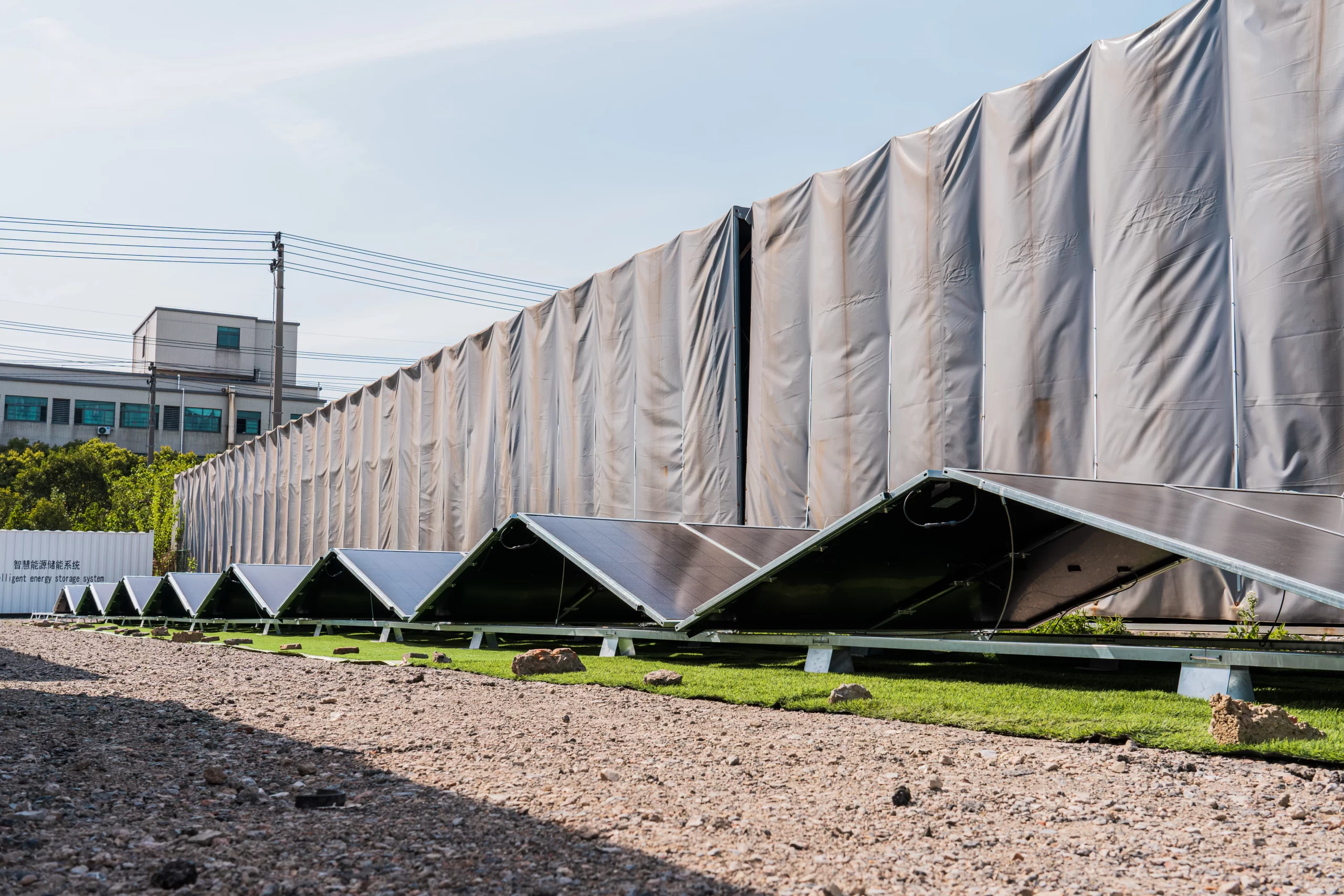How a Shipping Container Solar System Transforms Remote Power Access
If you’ve ever wondered how communities in remote areas or disaster-hit regions keep the lights on without a grid, the answer is increasingly simple: a shipping container solar system. These systems, also called solar containers or mobile solar containers, are changing the way we think about off-grid energy solutions. Instead of employing noisy diesel generators or exposed power lines, these plug-and-play systems include solar panels, inverters, batteries, and all else in a shipping container—ready to deploy, ship, go, and turn on.
So how exactly does shipping container solar system really alter power availability in off-grid areas far removed from the grid? And how does it compare to traditional off-grid alternatives? Let’s dive in.
What is a Shipping Container Solar System?
In plain terms, a solar system for a shipping container is an off-grid closed solar system fitted into a standard shipping container. It typically includes:
- Pre-installed solar panels (some with foldable design for transportability)
- Battery storage, typically lithium type
- An inverter (pure sine wave for efficiency)
- Power management systems
- Optional backup generators
Think of it as a mobile power plant. You can take it anywhere a truck or ship can go, set it up at the location, and within a few hours, you have a solid energy platform. In disaster recovery zones, refugee camps, mines, or remote villages, this mobility is a matter of life and death.
Why Remote Areas Need Solar Containers
If you happen to be in an urban location, it is simple to forget that nearly 675 million human beings on earth still lack access to electricity. In countries like Pakistan, Nigeria, or the entire Sub-Saharan Africa region, extending the national grid to every corner is economically and realistically impossible. That’s where the mobile solar container enters the scene—it can reach areas that the grid cannot.
Instead of waiting for years for grid extension, communities can have an off-grid solar system up and running in a matter of weeks. This avoids the infrastructure issue while lowering reliance on fossil fuels.
Solar Container Key Benefits
These are some of the benefits making a shipping container solar system attractive:
1.Scalability – Multiple containers can be rigged up to boost capacity.
2.Mobility – Containers are designed to be shipped worldwide and set up rapidly.
3.Resilience – With built-in energy storage, they provide backup even in harsh weather conditions.
4.Lower Costs In The Long Run – No fuel supply chain like diesel, fewer maintenance issues.
5.Sustainability – Clean energy = reduced emissions and less noise.
Real-World Applications
- Case Study: Puerto Rico after Hurricane Maria
After the 2017 crippling hurricane, solar containers on wheels were employed to power emergency shelters and medical centers. They proved more reliable than diesel units, especially when fuel shortages worsened.
- Case Study: Gilgit-Baltistan, Pakistan
Off-grid villages deployed solar containers to illuminate schools and clinics. For those who have lived with the kerosene lamp’s light their entire lives, the upgrade to reliable electric light has been a revelation.
These examples highlight that a solar container is not an appliance—an appliance provides amenities on-demand infrastructure delivers.
The Technology Behind It
An average solar container system utilizes the most advanced equipment in the form of LiFePO4 batteries with extended cycle life (3,000–5,000 cycles) and pure sine wave inverters for safe utilization of the appliances. Even the premium models offer hybrid input, combining solar with wind or backup diesel when solar is not available.
After NREL’s Battery Storage Unlocked: Lessons Learned From Emerging Economies, the use of containerized battery energy storage has allowed various developing regions to stabilize microgrids and decrease diesel dependence radically.
Shipping Container Solar vs. Traditional Off-Grid Solar System
Feature | Traditional Off-Grid Solar System | Shipping Container Solar System |
Installation Time | Weeks to months | Hours to days |
Portability | Low | High |
Scalability | Limited | Easy (add more containers) |
Cost Efficiency (long-term) | Moderate | High |
Use Cases | Homes, small farms | Villages, industries, disaster relief |
This chart makes the point: single houses are optimal for traditional layouts, but container layouts are more scalable for industrial or community uses.
A final consideration: Is it worth the higher upfront cost? For long-term reliability and reduced fuel dependency, the answer is yes—especially where transporting diesel is costly or dangerous.

